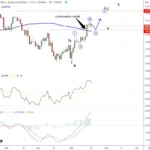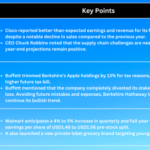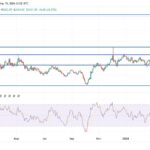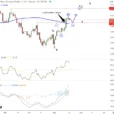
Life is full of irony. When I was in school, I hated history. It was boring. It was pointless. How was reading about a bunch of dead people ever going to be useful in life? Today, I consume everything I can find on history. Particularly, financial history. Ironic.
Of course, it only took me 25 years in the investment world to realize that human behavior is quite fascinating. The capacity for optimism is seemingly limitless, but the“sting” of failure is quite transient.
While it is in those failures that valuable lessons are taught, studies have shown that humans tend to suppress or substitute new memories over time.
George Santayana once said:
“Those who cannot remember the past are condemned to repeat it.”
The phrasing itself certainly is catchy, and is often used in the financial media due to its underlying truth. If history is a guide to the results of previous actions, and those results were painful, then history should guide not only policy making (public and private) but our own behaviors as well.
It’s hard to disagree with. Over the history of the financial markets (all the way back to the 1600’s) speculative investing has repeatedly led to booms and busts. In 2007, as the markets were enraptured with the speculative sub-prime lending and real estate boom, I gave a presentation containing the following two slides on past history.
Of course, I need to the Real Estate/Financial Crisis of 2008 to that list.
Importantly, each of these “bubbles” involved an excessive level of speculation around some specific asset. In 2007, I highlighted (in red) the speculative levels of excess seen in certain areas. [Note: It is important to remember that in 2007 the financial media did NOT believe there was a bubble being formed and that there was NO excess in the markets.]
Of course, it is all rather obvious in hindsight. Valuations were high, the Fed was hiking interest rates and the love affair with stocks and leverage had reached historically high levels.
Today, there are many signs that the markets are once again approaching a “danger zone.” Margin debt is once again at historically high levels; valuations are the second highest in history and the “love affair” with equities has pushed stocks to record highs. But these areas are really just a reflection of the excesses that are building elsewhere in the financial system.

















